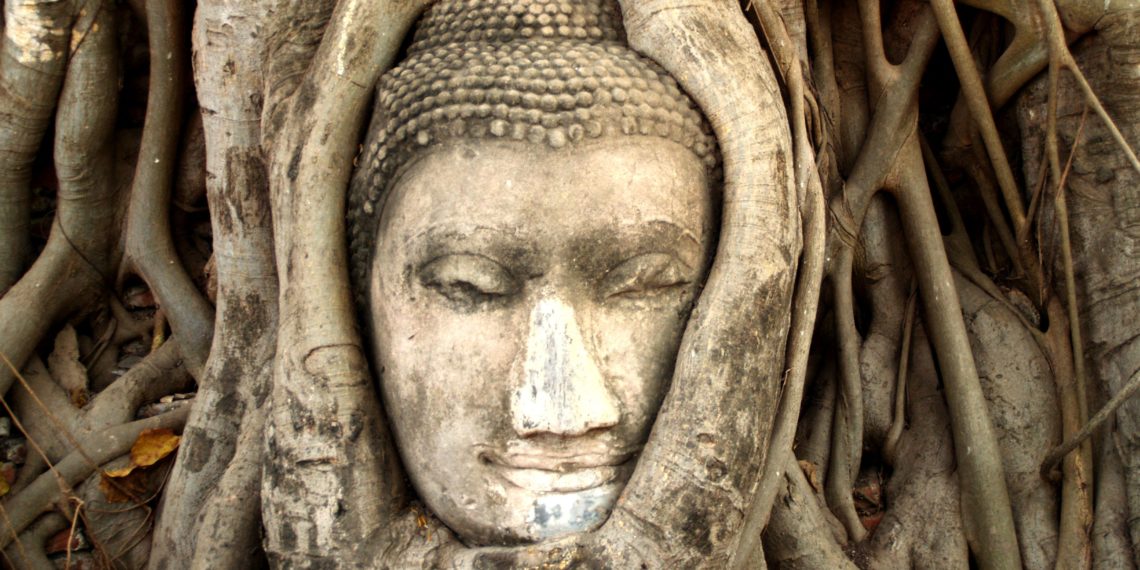Rewind and Stop: The History of Yoga
The history of yoga is literally carved into stone
This, in fact, is one hundred percent true. It is said that yoga originated from the Indus Valley civilization way back in 3000 B.C. The Quetta, Harappan and the Mohenjo Daro civilizations also we connected to yoga. When digging around these areas, archaeologists found evidence that people actually knew and carried out some of the poses. The proof? Huge statues carved from stone demonstrating asanas. If that isn’t enough evidence, then what is?

Vedic Writings
Yoga was mentioned in written form the Vedas. These are sacred texts written in Sanskrit. They have been recorded by people who have received knowledge from the word-of-mouth tradition. Definitive “yoga talk” in the Vedas first appeared with the Upanishads, between 800 and 300 B.C. Within these texts, there is a lot of description about the Prana (definition: life force) and the Nadis (energy pathways). All of which are a part of the bases of Hatha yoga, one of the most widely practiced and traditional yoga forms to date.
The Paths of Yoga Emerge
During the Epic period (around 600 B.C.), the Bhagavad Gita was written. It is a 700-verse poem that encapsulates the main concepts of yoga. It also talks about the four different, imperative paths. These are: Karma yoga (the road of action), Bhakti yoga (the road of devotion), Raja yoga (the royal path) and Jnana yoga (the road of knowledge).
Yoga Sutras
Yoga itself is said to have been developed further by an Indian sage called Patanjali. He passed his knowledge on via oral teachings to all of his students. In fact, however, he also collected this expertise in the Yoga Sutras, which are a compilation of 195 statements of yoga philosophy. The word “sutra” means compressing the biggest amount of information into the most precise description. Because of this, Patanjali’s work is loaded with all the specifics. In consequence, each time you enter one of the best yoga studios in Budapest, what they will teach you there is embedded in these writings.

Hatha Yoga
Hatha yoga came from the need to have a physical manifestation of all of the teachings. So, hatha yoga, the physical form of yoga was created. The main idea was to achieve the perfect meditative state of the mind through bodily aspects. This is why all the positions in Hatha yoga are laying down the groundwork to make the body (and in it, the mind) calm and able to stay still during meditation. In modern times, some of the most respected yoga teachers are Swami Sivananda, Swami Vivekananda, Yogananda Paramahansa and Sri Aurobindo.
While some stuck to the absolute traditional form of yoga, in our days there exist a large number of different branches. This allows us to find the exact one(s) that are suitable for our needs, knowledge and energy levels. It just goes to show how versatile yoga is! By changing the dynamics (power yoga), the surroundings (Bikram yoga), or adding props (aerial yoga), modern-day yogis have found newer ways to keep people hooked, flexible and completely at peace.
 English
English magyar
magyar